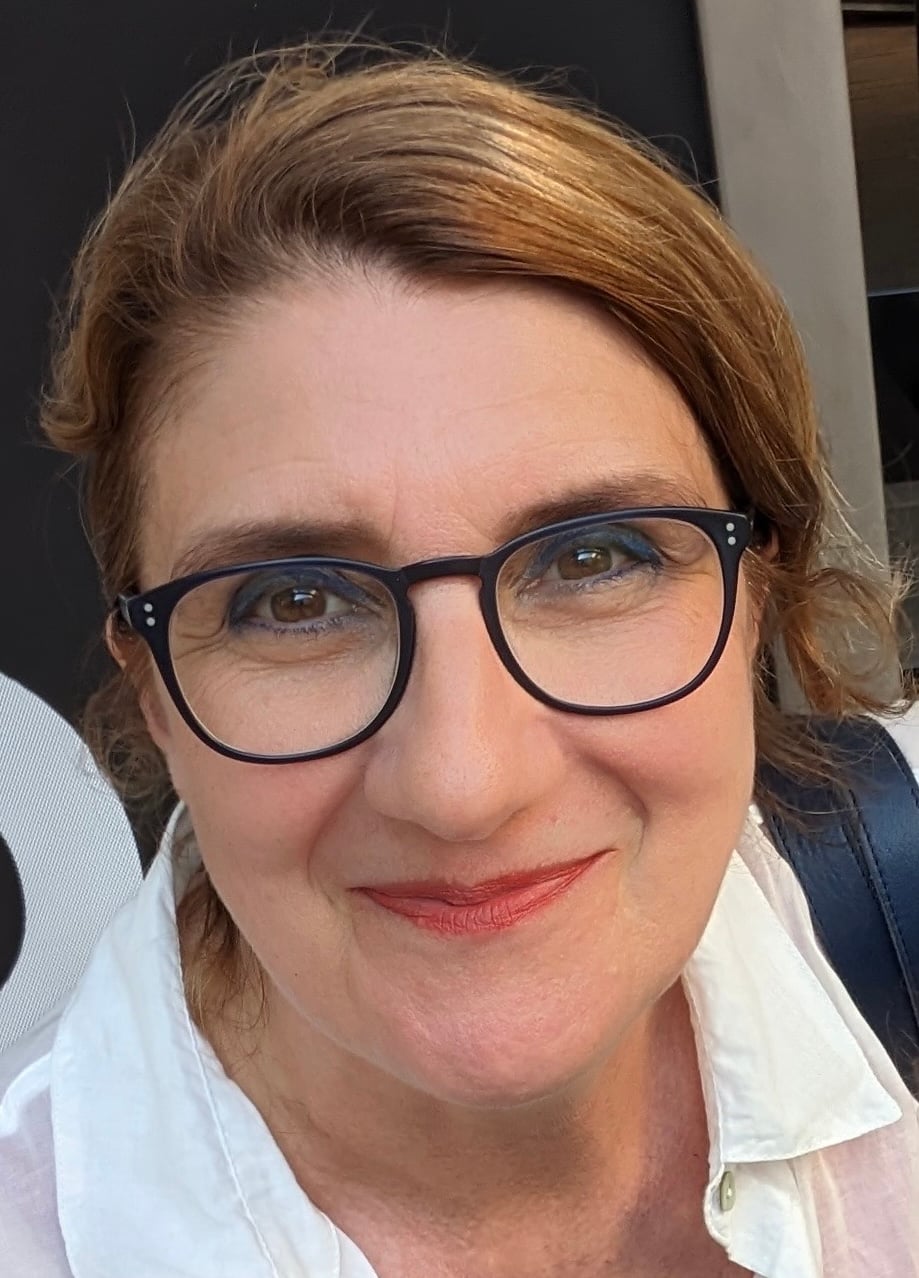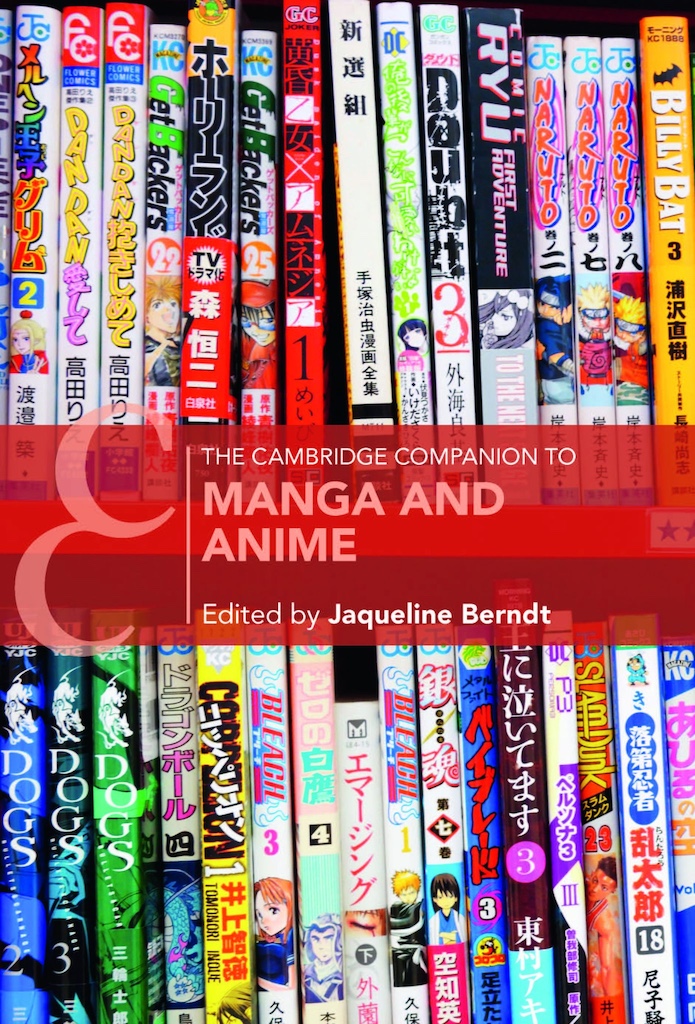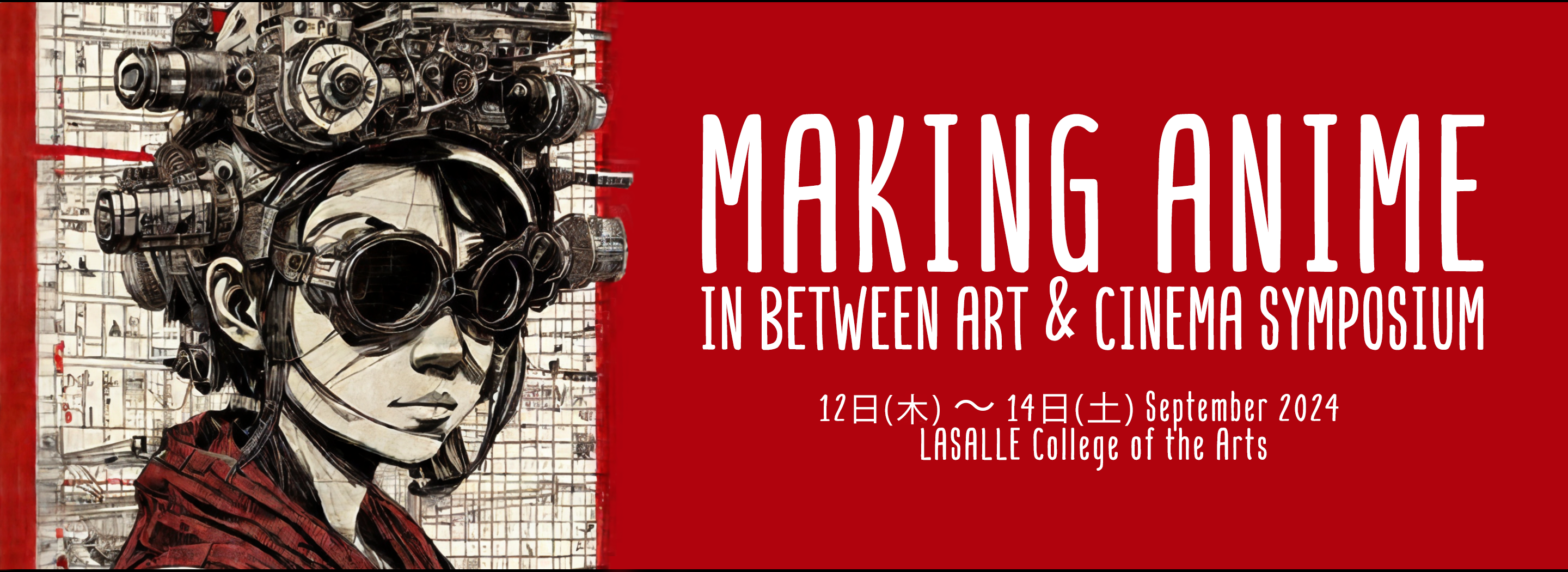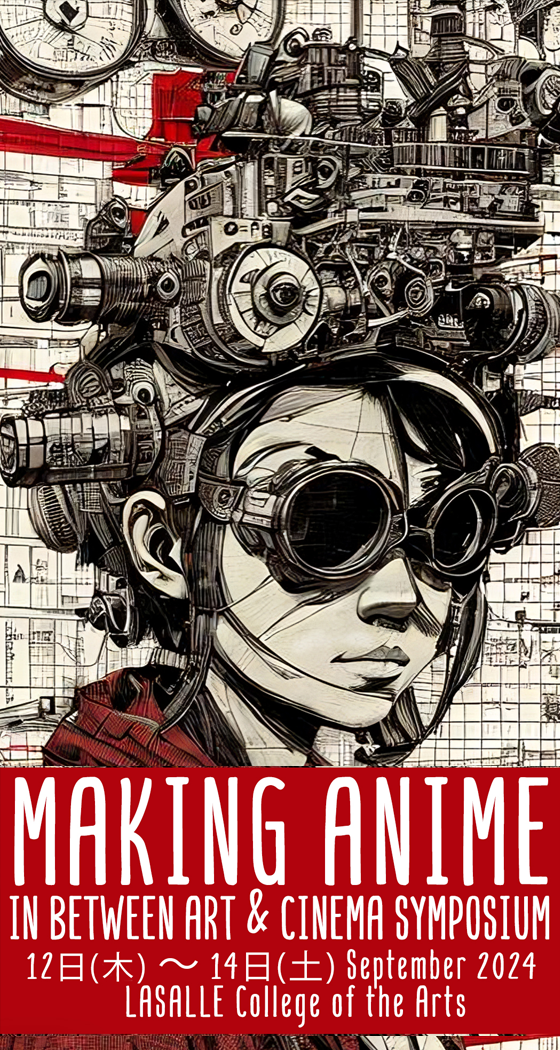Dates
Thu 12 Sep – Sat 14 Sep 2024
Venue
LASALLE College of the Arts
1 McNally Street
Singapore 187940
Contact
anime.symposium@lasalle.edu.sg
Convened by
Dr Gan Sheuo Hui
Puttnam School of Film & Animation, LASALLE College of the Arts
Associate Professor Deborah Shamoon
Department of Japanese Studies, National University of Singapore
Registration
The conference is open to all and free of charge.
Registration is now full.
Anime storytelling is globally understood and appreciated due to its shared language amongst fans, fostering a deep connection to its pictorial meanings. In this symposium, we aim to reassess what has been prioritised in contemporary anime storytelling by examining preferred visual expressions and exploring what these choices reveal.
The event emphasises building a Southeast Asian anime connection through formal presentations and informal dialogues, fostering a community that links research, teaching and learning.
Over two and a half days, practitioners from Southeast Asia will discuss the influence of Japanese anime and the opportunities and challenges encountered in their creative practices. Scholars from relevant fields will explore new research methodologies in the study of visual culture, examining anime's role as a product, lifestyle and form of expression across episodic series, cinema and online platforms.
On 12 September, the symposium will feature a book launch for The Cambridge Companion to Manga and Anime (Cambridge University Press), with presentations by internationally acclaimed authors and the editors from Japan, Malaysia, Singapore, Sweden and the UK.
This symposium is supported by the Mitsui NUS Japanese Studies in Southeast Asia Endowment Fund.


Symposium information
Welcome to our inaugural international anime symposium.
This event marks the first international anime symposium organised by the Puttnam School of Film & Animation at LASALLE College of the Arts, in partnership with the Department of Japanese Studies at NUS. Supported by the Mitsui NUS Japanese Studies in Southeast Asia Endowment Fund and our key academic partners, this symposium delves into the evolving landscape of anime, with a particular emphasis on Southeast Asia.
Our sessions are designed to encourage creative dialogue, deepen understanding, and inspire future research and practice. With a focus on the intersections of art, cinema and technology, we aim to provide a platform where diverse perspectives can converge, fostering new ideas and collaborations.
Over the course of two and a half days, we’ll engage in discussions on AI's impact on animation, anime storytelling and innovative research methodologies. Highlights include a keynote speech by Professor Jaqueline Berndt, cross-disciplinary dialogues, student presentations, and the book launch for The Cambridge Companion to Manga and Anime.
We hope this symposium will be a space for discovery, reflection and growth, as we build a vibrant Southeast Asian anime community together. We look forward to the conversations and connections that will emerge.
Dr Gan Sheuo Hui, Puttnam School of Film & Animation, LASALLE College of the Arts
Associate Professor Deborah Shamoon, Department of Japanese Studies, National University of Singapore
Organised by:
Puttnam School of Film & Animation, Faculty of Fine Arts, Media & Creative Industries, LASALLE College of the Arts
In collaboration with:
Department of Japanese Studies, Faculty of Arts and Social Sciences, National University of Singapore
Supported by:
Mitsui NUS Japanese Studies in Southeast Asia Endowment Fund
Niigata University
Senshu University
University of Bristol
Convened by:
Dr Gan Sheuo Hui
Associate Professor Deborah Shamoon
Administrative assistants (NUS): NUS, Department of Japanese Studies
Administrative assistants (LASALLE): Karen Cheok
Poster design: Christopher Shaw
Web design: Ailin Chin
Technical support: Jesmen Tan, Brian Hong Jaehyung
Student assistants: Choi Eunji, Matt Sierra, Jinsol Kim, Grace Tan
Student volunteers: Fu Meijo, Azsmaan Zayne, Madeleine Zahra, Yee Chern Nah, Nguyen Vu Trang, Victoria Lobatsevich, Tang Ru Ruth, Liang Kip Boon, Duangkamol Kwek, Chen Jingyi, Liu Ruolin, Tan Ezekiel, Tansha Surendra, Yu Jia Le, Yang Wenzuan Aimee, Averil Jodie Koh, Katherine Lee Viryawira
Special thanks:
Dr Cissie Fu, Head, McNally School of Fine Arts, LASALLE
Dr Woo Yen Yen, Programme Leader, MA Arts Pedagogy and Practice, LASALLE
Lim Cheng Tju, Country Editor (Singapore), International Journal of Comic Art
Associate Professor Lim Beng Choo, Head, Department of Japanese Studies, NUS
Associate Professor Thang Leng Leng, Department of Japanese Studies, NUS
Christopher Shaw, Head, Puttnam School of Film & Animation, LASALLE
Dr. Malar Nadeson, Director, The Ngee Ann Kongsi Library, LASALLE
Vice-Chancellor Office, University of the Arts Singapore
Nice Aunties
Post-Cinematic Experiences: Revisiting the “Anime Eye”
One distinctive characteristic of anime is the frequent use of close-ups featuring eyes. Big eyes have been read as “mirrors of the soul” or tools of gaze dynamics, based on the presumption that characters’ inside and outside, or the acts of seeing and being seen, can be neatly separated. But contemporary anime fiction does not necessarily comply, and the frontally taken one-eyed shot is a case in point.
This talk will examine anime’s extreme close-ups of single eyes from a phenomenological angle. Instead of analysing what the “anime eye” represents, the focus will be on how it operates for the viewer. In a way that easily appears “post-cinematic,” the “anime eye” comes to the fore as a sensory interface. It privileges haptic visuality and affective responses, accommodates small displays and fragmented forms of use across varying devices, and undermines aesthetic as well as narrative consistency (e.g. “chibi”).
But questions arise: How anime-specific is it? Has it originated from manga, or reversely, entered Japanese comics as an anime-esque element? Furthermore, is it a marker of anime in general or rather bound to a certain period and genre? And finally, hasn’t anime always been “post-cinematic” to a greater or lesser degree?
 |
About the speaker Jaqueline Berndt is a Professor in Japanology at Stockholm University. Until 2017, she taught Comics Theory at Kyoto Seika University, Japan. Her main academic work is in the areas of comics/manga studies and anime research, with a special emphasis on media aesthetics. She is chairperson of the Open Access series Stockholm Media Arts Japan (Stockholm University Press) and one of the managing editors of the book series Comics Studies: Aesthetics, Histories, Practices (de Gruyter, Open Access). She has also directed exhibitions on manga in art-historical contexts, such as Manga Hokusai Manga: Approaching the Master’s Compendium from the Perspective of Contemporary Comics for the Japan Foundation. For publications see: https://www.jberndt.net/ |
The conference will take place on-site at LASALLE College of the Arts from 12 to 14 September. Registration is required to attend.
You can download the full programme and schedule here.
For inquiries, please contact anime.symposium@lasalle.edu.sg.
Happening in conjunction with Making Anime: In Between Art and Cinema is the book launch event for The Cambridge Companion to Manga and Anime. The launch takes place 12 September at 5:00pm at Block F Level 2 #F202, LASALLE College of the Arts. Attendees interested in the book launch are encouraged to also attend the preceding forum at 4:00pm which is chaired by Dr Stevie Suan from Hosei University, featuring the editor and authors of the volume.
About the Companion
In recent years, manga and anime have attracted increasing scholarly interest beyond the realm of Japanese studies. This Companion takes a unique approach, committed to exploring both the similarities and differences between these two distinct but interrelated media forms. Firmly based in Japanese sources, this volume offers a lively and accessible introduction, exploring the local contexts of manga and anime production, distribution, and reception in Japan, as well as the global influence and impact of these versatile media. Chapters explore common characteristics such as visuals, voice, serial narrative and characters, whilst also highlighting distinct challenges and histories. The volume provides both a basis for further research in this burgeoning field and a source of inspiration for those new to the topic.
The volume is edited by keynote speaker Prof Jaqueline Berndt and features contributions from Ronald Stewart, Joon Yang Kim, Olga Kopylova, Sheuo Hui Gan, Blanche Delaborde, Minori Ishida, Kōichi Morimoto, Selen Çalık Bedir, Lukas R. A. Wilde, Stevie Suan, Deborah Shamoon, Bryan Hikari Hartzheim, Bon Won Koo, Renato Rivera Rusca, Dalma Kálovics, Dario Lolli, Patrick W. Galbraith, and Akiko Sugawa-Shimada.



